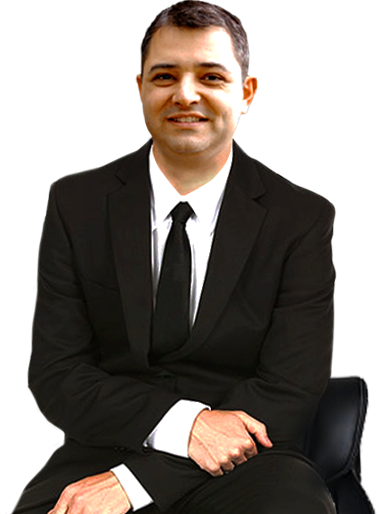Achilles Tendinitis
Insertional Achilles Tendinitis
The Achilles tendon is one of the longer tendons in your body which stretches from the heel bone to your calf muscles. It appears as a band of tissue at the back of your ankle and above your heel. The Achilles tendon attaches to the heel bone over a broad area. The exertion of force or repeated stress on the tendon, where it attaches (inserts) to the heel bone can cause tearing, swelling and pain. This eventually leads to wearing and tearing of the tendon. Insertional Achilles tendinitis is the degeneration of the fibres of the Achilles tendon directly at its insertion into the heel bone.
Insertional Achilles tendinitis commonly occurs in people between the ages of 40-50 years. The conditions associated with increased risk are spondyloarthropathy, gout, psoriasis and Reiter’s syndrome, sarcoidosis, familial hyperlipidaemia and diffuse idiopathic skeletal hyperostosis. It can also be caused due to the use of medications such as steroids and certain antibiotics.
The symptoms of insertional Achilles tendinitis are pain, swelling and tenderness at the back of the heel. The pain gets worse with running, jumping and especially during sports activities. Your doctor may recommend X-ray or MRI to confirm the diagnosis.
Insertional Achilles tendinitis can be treated conservatively by non-surgical methods. Initially, you may be prescribed NSAIDs (non-steroidal anti-inflammatory drugs) and asked to use heel lifts, night splints, arch supports and proper shoes. Physical therapy and stretching may also be suggested. In case these treatments fail, then your doctor may apply a cast or braces to facilitate healing.
Surgery is advised if the non-surgical methods prove to be ineffective in treating insertional Achilles tendinitis. During surgery, the degenerative portions of the tendon and any bone which is irritating the tendon will be removed. If the tendon is short, then lengthening may be done by using grafts. The tendon attachment to the heel bone will be strengthened with sutures. After surgery, you doctor might recommend to wear a splint for 2 weeks in a toe down position to allow complete healing.









